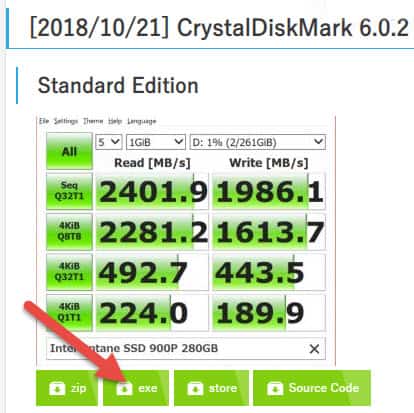
Critical Temperature Time: How long the SSD has run at a critical temperature.Warning Temperature Time: How long the SSD has run at warning-level temperature.Unsafe Shutdowns Counts: How many times the SSD has been exposed to power cuts.Power-on Hours Count: How many hours the SSD has run (left on) so far.Power Cycle Count: How many times the SSD has been powered up.Data Units Written: The amount of writing done so far.Data Units Read: Reading from SSD so far.Of course, this alone is not a sufficient criterion. So SSD health is already over, and we have exceeded 28%. For our SSD, this value is currently 128%. Percentage Lifetime Used: This is the value that both CrystalDiskInfo and Hard Disk Sentinel pull the SSD health data.It is highly recommended to replace the drive if this number falls below 100. We cannot use SSD as a normal drive, but the user can retrieve the stored data and transfer it to a new device. When the number here reaches 0, the firmware puts the SSD in read-only mode. This number decreases as the number of blocks allocated to retirement increases. This number varies depending on the underlying NAND architecture, Firmware architecture, and the user capability of the drive, but usually starts with thousands.

#Ssd health test software#
So which software provides this information in the most accurate way? The answer is simple: S.M.A.R.T. With this feature, it is possible to get more detailed information about disk health. SMART stands for Self-Monitoring, Analysis and Reporting Technology.
#Ssd health test series#
system consists of a series of data, and this data depends on the type of disk.
#Ssd health test free#
and try the free 'Demo' version prior to purchase.Developed for hard disks and SSDs to monitor their own health, the S.M.A.R.T. most ' OWC' SSDs including the AURA, MERCURY & ELECTRA are incompatibleįor more information check our Read Me and F.A.Q.some ' OCZ' SSDs including the ARC, ONYX, AGILITY4, VECTOR & VERTEX are incompatible (but the TRION works).many ' Micron' and ' Crucial', ' Mushkin' and 'ADATA' SSDs are incompatible.a few 20 MacBookAir models contain incompatible ' TOSHIBA' SSDs.SSD models that are known not to work for various reasons include: in online mode and export useful health/lifetime attributes. SSDReporter works with all internal SSDs that support S.M.A.R.T. Only 'internal' SSDs are supported, disks connected via USB & FireWire do not work at all with SSDReporter.ĮSATA & ThunderBolt connected SSDs may work if the enclosure is S.M.A.R.T.-compatible. The current status of your SSDs is also always easily recognizable because SSDReporter changes its icon (optionally in the menubar) from green to yellow (warning threshold) and finally red (error threshold) as the SSD health decreases. SSDReporter can warn you by e-mail or on-screen each time the health of your SSD decreases and/or when the health falls below the 'warning' or 'error' thresholds. Since SSDs have a limited life-time determined by the number of write operations it is important to keep an eye on your SSD status. SSDReporter is an application that checks the health of your internal Solid State Disks ("SSD" aka "Flash Storage").

SSDReporter 1.6.0 check & monitor your SSD / Flash Storage health


 0 kommentar(er)
0 kommentar(er)
